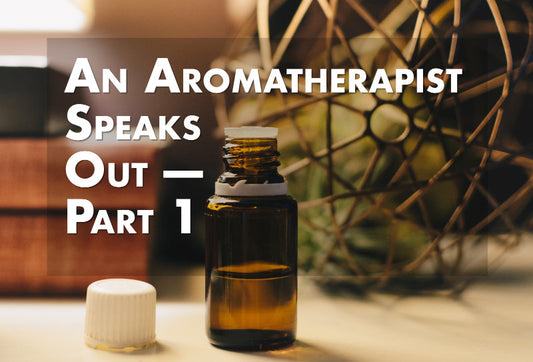Since essential oils are readily absorbed through the skin, they can affect the internal organs and systems of the body by external use. Controlled experiments have demonstrated just how much and how quickly essential oils get into the bloodstream when applied to the skin.
Effective methods of application include, diffusion, misting, massage, bath, inhalation, local rub, sauna.
The inhalation of essential oils reach the bloodstream along with the oxygen and other gases passing through the lungs. Either by inhalation or Skin absorption, both by-pass the digestive system, where the greatest potential damage from swallowing essential oils is likely. Both methods also offer a faster way of getting essential oils into the bloodstream, the digestive route being much slower.
Adding essential oils to fruit juice, herb teas, etc., is dangerous, and the oil will not dissolve in these water based liquids, which can risk the stomach lining. A further risk is that many people, particularly if they are not fully aware of the great degree of concentration of the essential oils, think that if a little is good for them, a bit more will be better. If too much essential oil is taken, a great burden is placed on the organs of elimination, the kidneys and liver, as they try to remove them from the body.
In short: Due to the high concentration of essential oils, it is not recommended that they be taken at home internally. Only a qualified professional familiar with your personal body chemistry should recommend essential oils for internal use. Depending on the chronic illness or pain management needs, a qualified professional will do a full work up to know what oils would be most effective and in what dosage levels.



